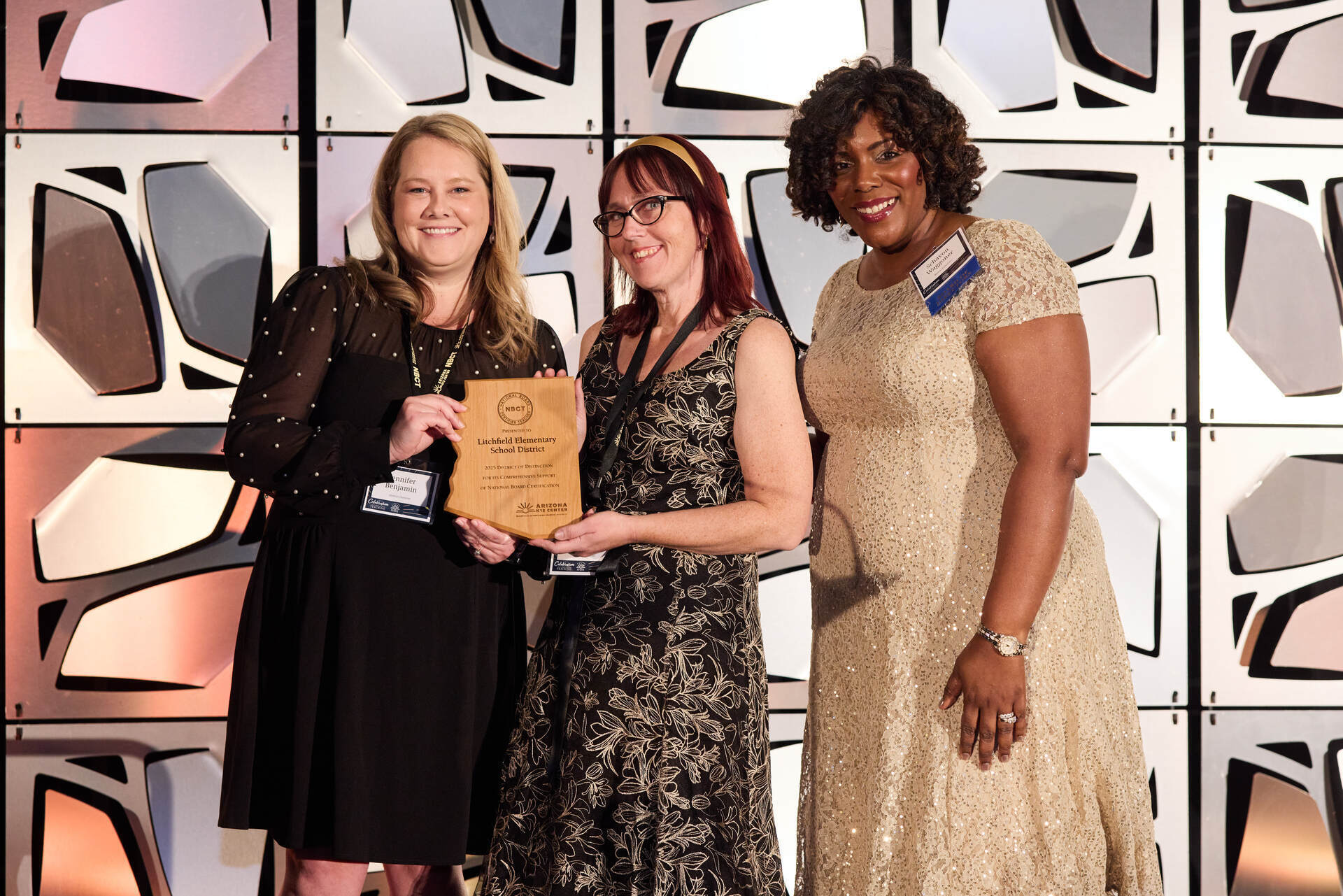October 21, 2019
Don’t Be Spooked by MOOCs: How to Incorporate Online Courses in Your Classroom
Are your students interested in what college-level coursework might look like? Give them a preview by adapting MOOCs for your own classroom.
What are MOOCs?
Massive open online courses (MOOCs) are online courses for any audience, and they are often free. These courses provide opportunities for learners of all ages to access educational experiences and learn new skills in a flexible way. MOOCs are often self-paced, and outcomes can range from general completion to MicroMasters, online degree programs, professional certificates, and even college credit. It’s important that you read the fine print to understand the fee structure (if any), the time commitment, specific deliverables, etc.
Why MOOCs?
Although MOOCs are usually thought of as standalone tools for learning, consider utilizing MOOCs in a blended learning environment to enhance outcomes. Through this unique face-to-face and online communication combination, there is the opportunity to redesign courses and class time for maximum student engagement. For students who need enrichment or remediation, MOOCs can also serve as a classroom intervention. For those seeking extension, the self-paced structure allows them to take learning into their own hands.
What should I know before I start?
Fitting existing MOOCs into traditional classrooms isn’t always the easiest task. Redesigning a course to fit with a MOOC may require a significant time commitment on your part, but the courses do come with advantages, including that they are vetted and well-structured, assessments are built into the curriculum, and educators can lean into their facilitation responsibilities, easing away from direct instruction.
How might I prototype this in the classroom?
You could start with ASU Earned Admission, which offers a series of free 8-week freshman-level courses. This is an opportunity for students to experience a college course in a low-risk way. If students pass the class, they have the opportunity to pay for the course credit and apply it toward a degree.
What else is out there?
Some of the most popular MOOC platforms are edX (founded by Harvard and MIT in 2012), Open edX (edX’s massively scalable platform preferred by Microsoft and IBM), and Coursera. LinkedIn Learning offers video courses taught by industry experts and learners acquire digital badges on their LinkedIn profiles after successful completion. Bonus: you can sign up for free for 30 days.
Take a few minutes to explore, and you might even find something you’re interested in learning, too!











